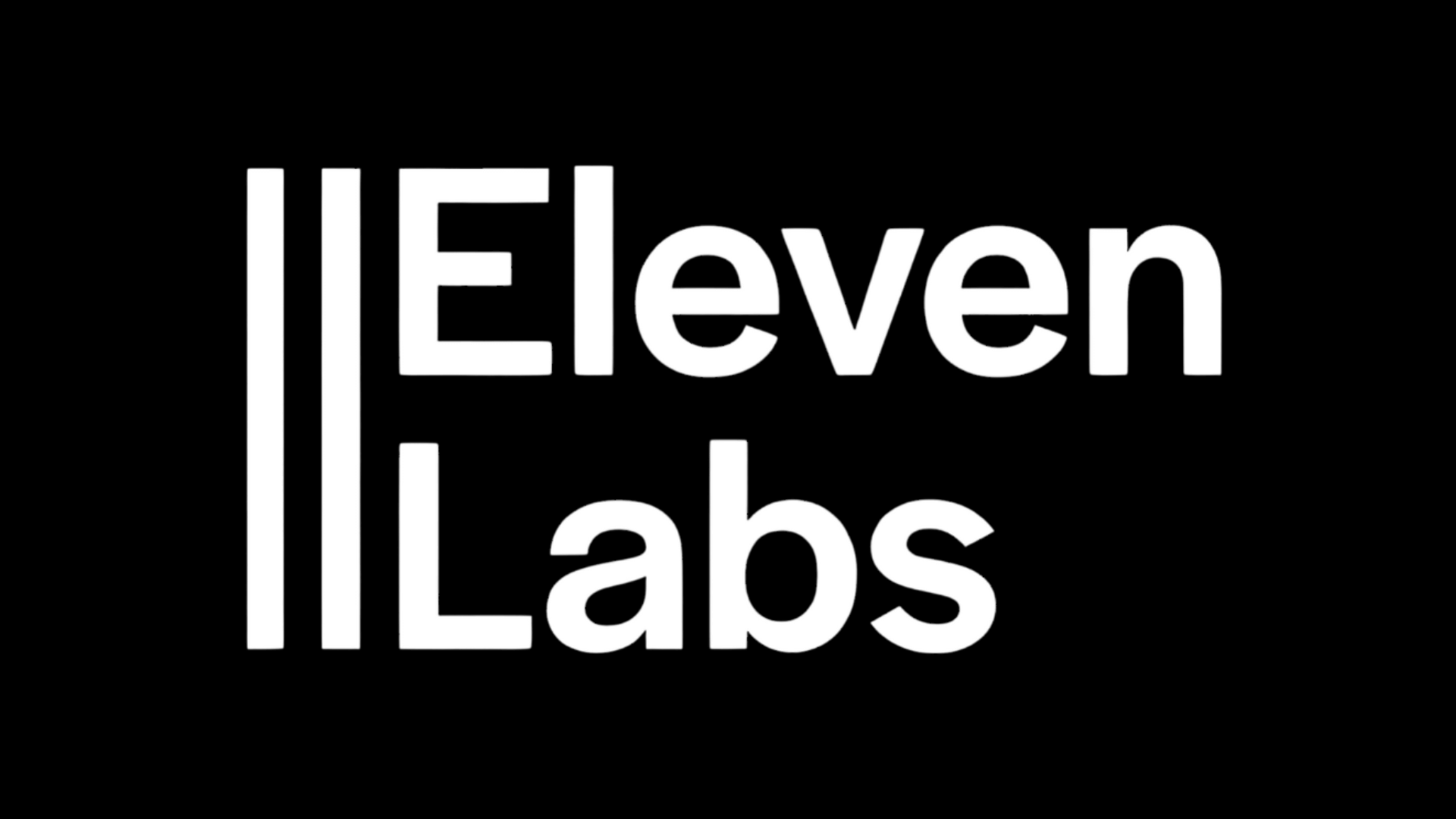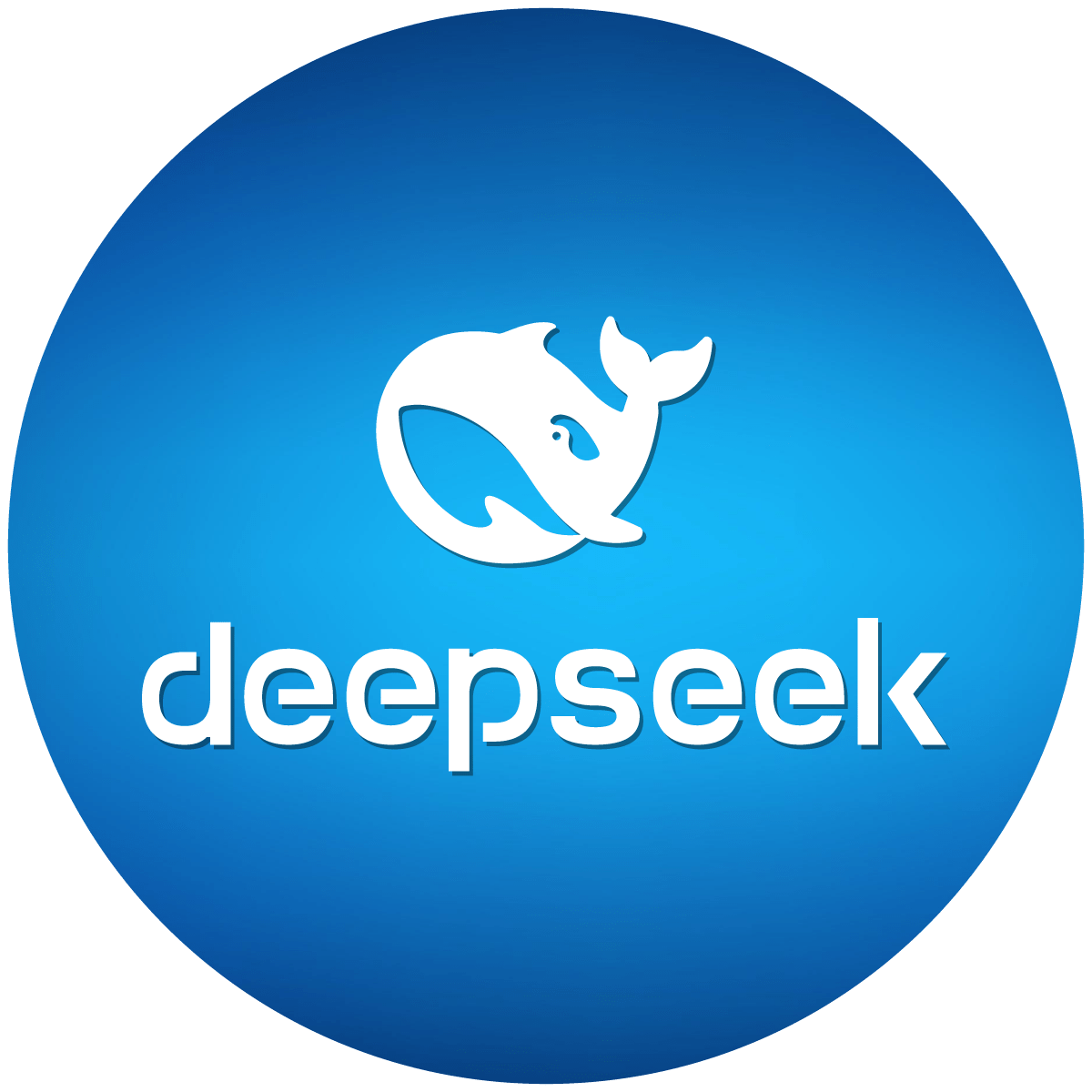

How to Build an AI-Powered No-Code Platform The Complete API Guide
Introduction: The Rise of AI-Assisted No-Code Development
The next evolution in no-code technology combines conversational AI with visual development, allowing users to build applications through natural language prompts. This guide reveals the complete API stack required to build such a platform, from AI processing to instant deployment.
Core API Stack for Your No-Code Platform
1. AI Processing Layer
OpenAI API (GPT-4 Turbo)
Core function: Natural language to code translation
Key features: Function calling, JSON mode
Pricing: $0.01/1k tokens (input)
Alternative for complex reasoning tasks
Specializes in following instructions precisely
LangChain Framework
Essential for chaining multiple AI operations
Enables memory and context preservation
2. Real-Time Code Generation
Replit API
Instant code execution environment
Supports 50+ programming languages
AI-powered code completion
Especially strong for React components
3. Database & Backend Services
PostgreSQL with real-time capabilities
Includes auth and storage
Free tier: 2 projects, 500MB storage
NoSQL alternative
Excellent for rapid prototyping
4. User Authentication
Pre-built auth components
Supports social logins
Pricing: Free up to 1,000 MAUs
Supabase Auth
Built-in if using Supabase
Supports magic links
5. UI Generation & Styling
Generate consistent UI components
Design system enforcement
ShadCN UI
Open-source component library
Works seamlessly with AI generation
Implementation Roadmap
Phase 1: Core AI Functionality
Set up OpenAI with function calling
Create prompt templates for common components
Implement basic code validation
// Sample API call structure
const generateComponent = async (prompt) => {
const response = await openai.chat.completions.create({
model: "gpt-4-turbo",
messages: [{
role: "system",
content: "You are a React component generator..."
}],
temperature: 0.7
});
return validateCode(response.choices[0].message.content);
}
Phase 2: Workspace Setup
Integrate Supabase for project storage
Add real-time collaboration via Yjs
Implement version control
Phase 3: Deployment Pipeline
Connect Vercel deployment API
Set up preview environments
Configure custom domains
API Security Best Practices
Never expose API keys in client-side code
Use environment variables with Next.js
Implement rate limiting (e.g., 10 requests/minute/user)
Set up API key rotation every 90 days
Use JWT for internal service communication
Advanced Feature Add-Ons
Multi-Modal Capabilities
DALL-E for image generation
ElevenLabs for voice interfaces
Plugin Marketplace
REST API gateway for extensions
Stripe integration for monetization
Performance Optimization
Redis caching for frequent queries
CDN for static assets
Cost Optimization Tips
Start with free tiers (Supabase, Clerk)
Cache AI responses where possible
Implement smart batching for database writes
Use edge functions for compute-heavy tasks
Conclusion: Your Launch Checklist
Core AI integration (OpenAI + LangChain)
Database setup (Supabase/Firestore)
Authentication system (Clerk/Supabase Auth)
Deployment pipeline (Vercel)
Basic monitoring (Sentry/Mixpanel)
Building an AI-powered no-code platform is now more accessible than ever with these APIs. The key is starting small with core functionality, then gradually expanding based on user feedback.
Ready to begin? Start with OpenAI + Supabase today and iterate from there!
Support our work by sharing on multiple social platforms. Join our community







